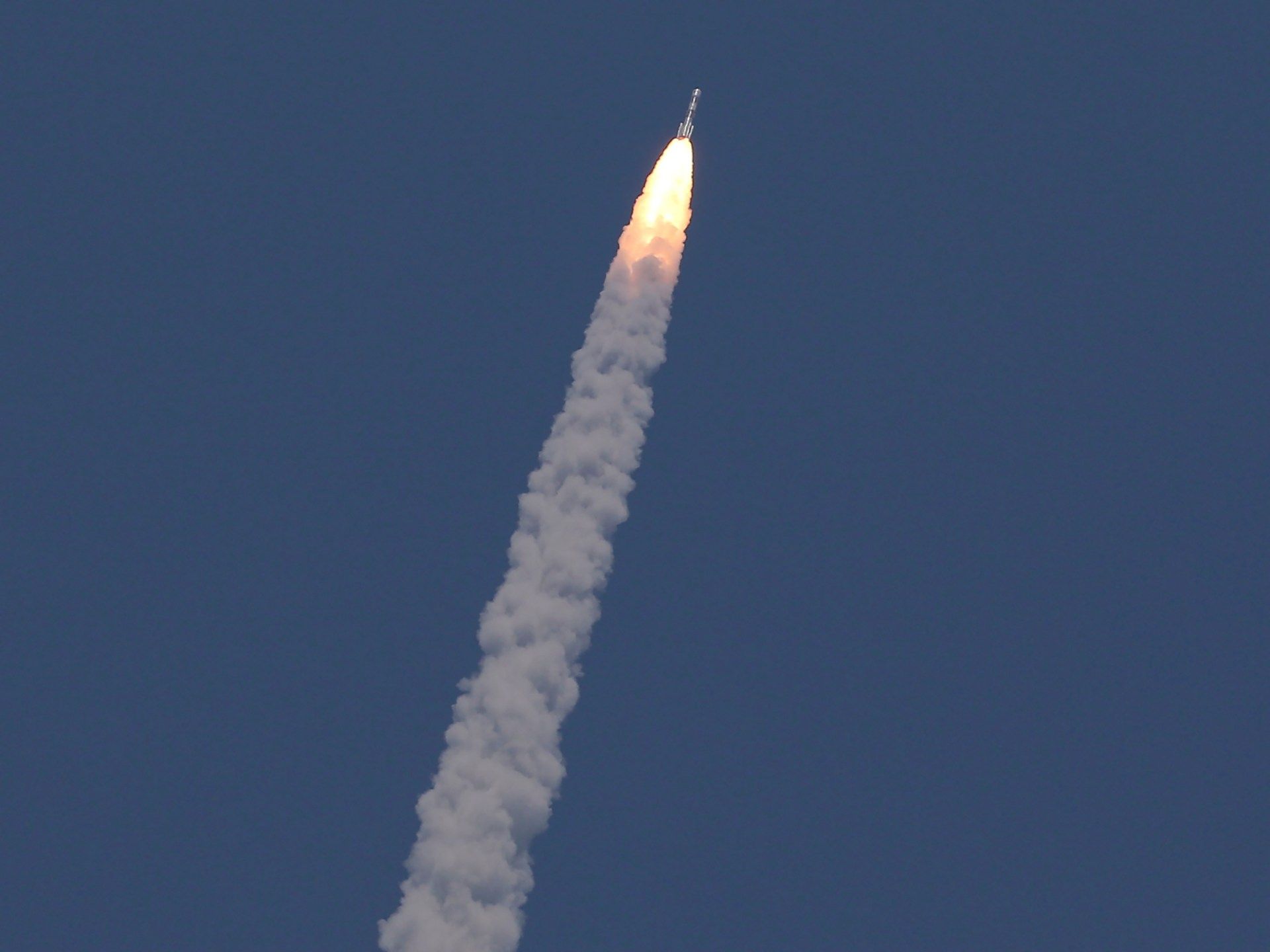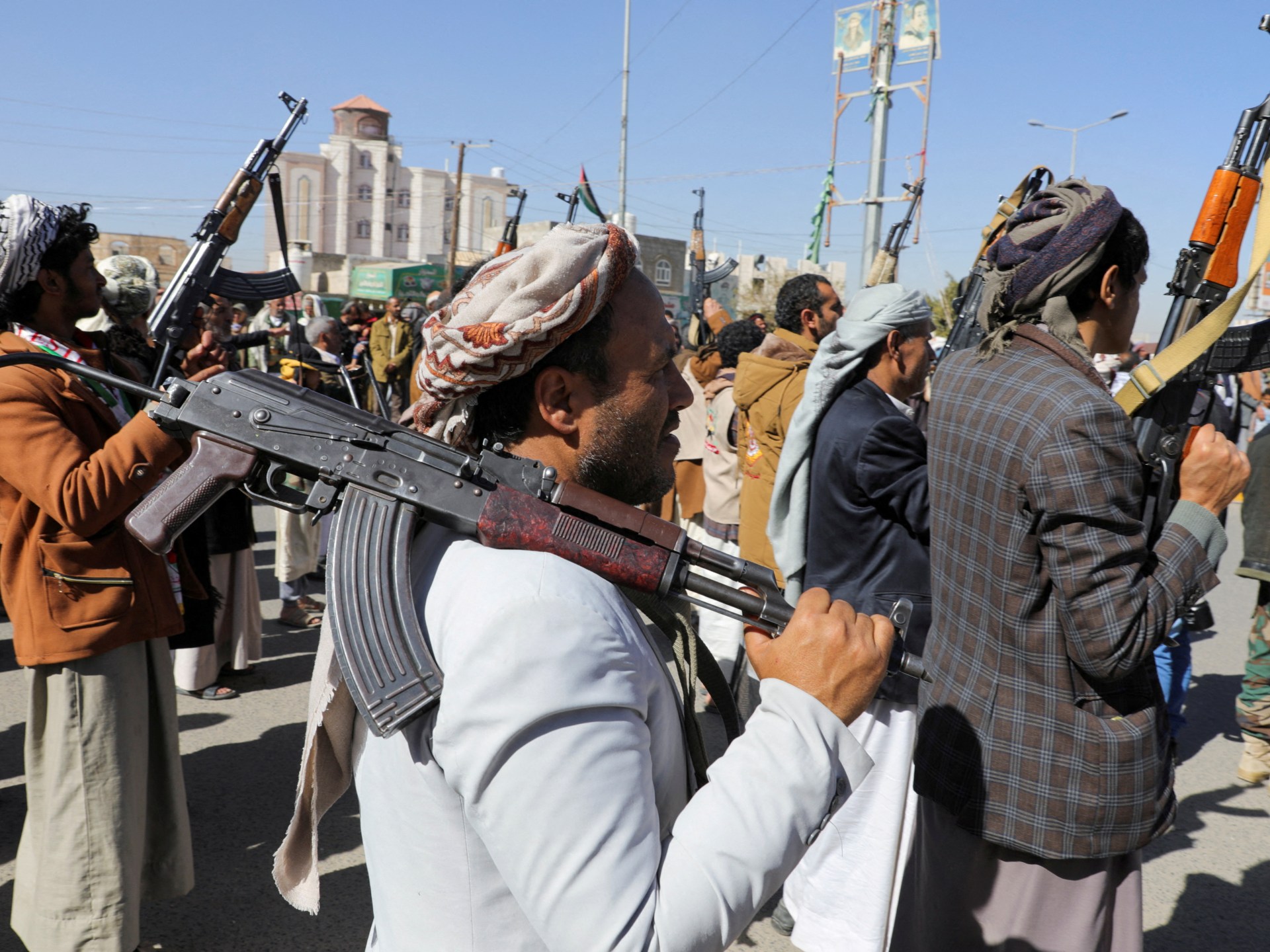Launched in September, the solar observing mission will undertake a comprehensive study of the sun.
India’s solar observation mission entered the sun’s orbit after a four-month journey, the latest success for the space exploration ambitions of the world’s most populous nation.
The Indian Space Research Organization’s Aditya-L1 mission launched in September and carries a suite of instruments to measure and observe the sun’s outermost layers.
“India creates yet another milestone,” Prime Minister Narendra Modi said in a post on X on Saturday. “It is a testament to the tireless dedication of our scientists in carrying out one of the most complex and intricate space missions.”
Indian Science and Technology Minister Jitendra Singh said on social media that the probe had reached its final orbit “to unravel the mysteries of the Sun-Earth connection.”
The spacecraft has been positioned at Lagrange Point 1, from where it will undertake an exhaustive study of the sun, focusing on the solar corona and its influence on space weather.
The satellite covered approximately 1.5 million kilometers (930,000 miles) in the span of four months, just a fraction of the Earth-sun distance of 150 million kilometers (93 million miles).
Greetings from Aditya-L1!
I arrived safely at Lagrange Point L1, 1.5 million kilometers from my home planet. 🌍Excited to be far away, but intimately connected to unravel solar mysteries. #ISRO pic.twitter.com/BCudJgTmMN
—ISRO ADITYA-L1 (@ISRO_ADITYAL1) January 6, 2024
This mission, named after the Hindi word for sun, follows India’s recent achievement of being the first country to successfully land on the Moon’s south pole, with the Chandrayaan-3 mission in August last year.
Scientists involved in the project aim to obtain information about the impact of solar radiation on the growing number of satellites in orbit, with special attention to phenomena affecting companies such as Elon Musk’s Starlink communications network.
“Today’s event only put Aditya-L1 into Halo’s precise orbit… Many people are interested in understanding this effect. That is why we expect many scientific results in the coming days. At least five years of life is guaranteed with the fuel left in the satellite,” ISRO Chairman S Somanath told reporters in India.
“We definitely need to know more about the sun as it controls space weather,” Manish Purohit, a former ISRO scientist, told Reuters news agency. Low-Earth orbit will be “overcrowded” in the coming years, he added.
ISRO has been sharing regular mission updates through posts on X, since the solar landing.
AdityaL1 Mission:
Halo Orbit Insertion of Aditya-L1 Successfully Achieved
Read more: https://t.co/7QtH9AxKUD#isro #MissionAdityaL1 pic.twitter.com/ekYKsdMWxK
—ISRO ADITYA-L1 (@ISRO_ADITYAL1) January 6, 2024
The United States and the European Space Agency have sent numerous probes to the center of the solar system, beginning with NASA’s Pioneer program in the 1960s.
Both Japan and China have launched their own solar observatory missions into Earth’s orbit.
But ISRO’s latest mission is the first by any Asian nation to be placed in orbit around the sun.












